As PPAs have proliferated in markets around the world in recent years, Amazon has emerged as the largest buyer across several regions, and by some margin. In 2023, analyst BloombergNEF tracked 8.8 GW of renewable energy generation capacity contracted by the U.S. retail giant, spread over 74 PPAs in 16 different regions. That was more than double the 3 GW procured by second-largest buyer, Facebook parent Meta in the same year.
Amazon states that it is now involved as an energy offtaker or investor in more than 600 solar and wind projects worldwide, from small rooftop PV installations through to triple-digit-megawatt solar and wind installations. Since 2023, the company has claimed these agreements cover 100% of its energy consumption. Today, though, the power contracted under those agreements is not directly matched to Amazon’s daily energy use. Strategies to match renewable energy output to daily consumption, via the grid, are seen by many as a next step for the PPA market, with buyers keen to demonstrate reduced emissions as a result of their investment. Amazon, however, is taking a different approach.
“We want to drive grids to get greener along with our own operations,” said Patrick Leonard, principal for energy strategy at Amazon Web Services (AWS). “Instead of just serving our consumption, hour by hour, we measure success in terms of reducing overall grid carbon emissions.” Leonard added that this strategy has led AWS to focus on projects in regions where grid electricity has particularly high emissions. A January 2025 press release from Amazon claimed the company’s nine projects in India avoid 55 times the emissions of the same renewable energy capacity added in Sweden, due to the higher percentage of coal powering India’s grids.
Grid upgrades
In regions with a higher share of renewable energy, an Amazon representative said that deploying energy storage to help supply solar and wind-powered electricity over longer periods is its next step. Amazon has around 2.7 GW of energy storage project and “energy firming technologies” in its portfolio to date, and notes that it has participated in several battery projects in California that help to reduce reliance on fossil fuels outside of peak solar generation hours.
As a very large energy consumer, Amazon also needs to consider available electricity to supply its data centers and other operations. As part of expansion plans in Mississippi, the company has announced an intent to develop 650 MW of new renewable energy capacity in the state, alongside its new data centers. Beyond decarbonizing grids, the Amazon representative had little to say on the buyer-side benefits supporting Amazon’s massive procurement of renewable energy. “Frugality is one of our leadership principles so we are focused on the economics,” said the spokesperson. “But the case for these projects depends on where in the world we are and how we are participating, whether as an offtaker or in some other structure.”
Going nuclear
Amazon says it plans to continue investing in solar, wind, and energy storage in the coming years. It is also making significant investment in nuclear power and sees this as an important piece of the puzzle.
“Wind and solar are great and storage alongside them helps you add some hours,” said the Amazon representative. “But the grid is increasingly needing more energy at all hours.” Working backwards from that need, the company has decided more nuclear power is a viable option and has made several investments into the technology.
Those include plans to site a new data center close to the Susquehanna nuclear power plant in Pennsylvania, and to enter into a PPA with its owner, Talen Energy.
“We want to benefit from the investments that have already been made in carbon free energy,” said the Amazon spokesperson. “We’re building a data center very close to that power plant and it’s an opportunity to meet that customer need for AWS to grow and at the same time protect the viability of carbon free energy.”
Amazon has also made investments in X Energy, a U.S. company developing small modular nuclear reactors, in an agreement under which it expects to see energy being commercially generated in the early 2030s.
“Amazon’s perspective is there are technologies which are commercially viable today and then there’s ones in the advanced nuclear space that need investment to be successful,” said the Amazon spokesperson. “I think there’s a place for both and we’re willing to innovate where there’s maybe a bit more risk and uncertainty, because of our size and scale.”
In terms of renewables, the retailer’s representative pointed to a willingness to work with, and be among the first to move on new technology coming to the market – pointing to recent use of new installer robots at a U.S. solar project it is involved in. There are no plans for investment to support the next generation of solar and battery technology, however, as the company appears to be doing with advanced nuclear systems.
This content is protected by copyright and may not be reused. If you want to cooperate with us and would like to reuse some of our content, please contact: editors@pv-magazine.com.
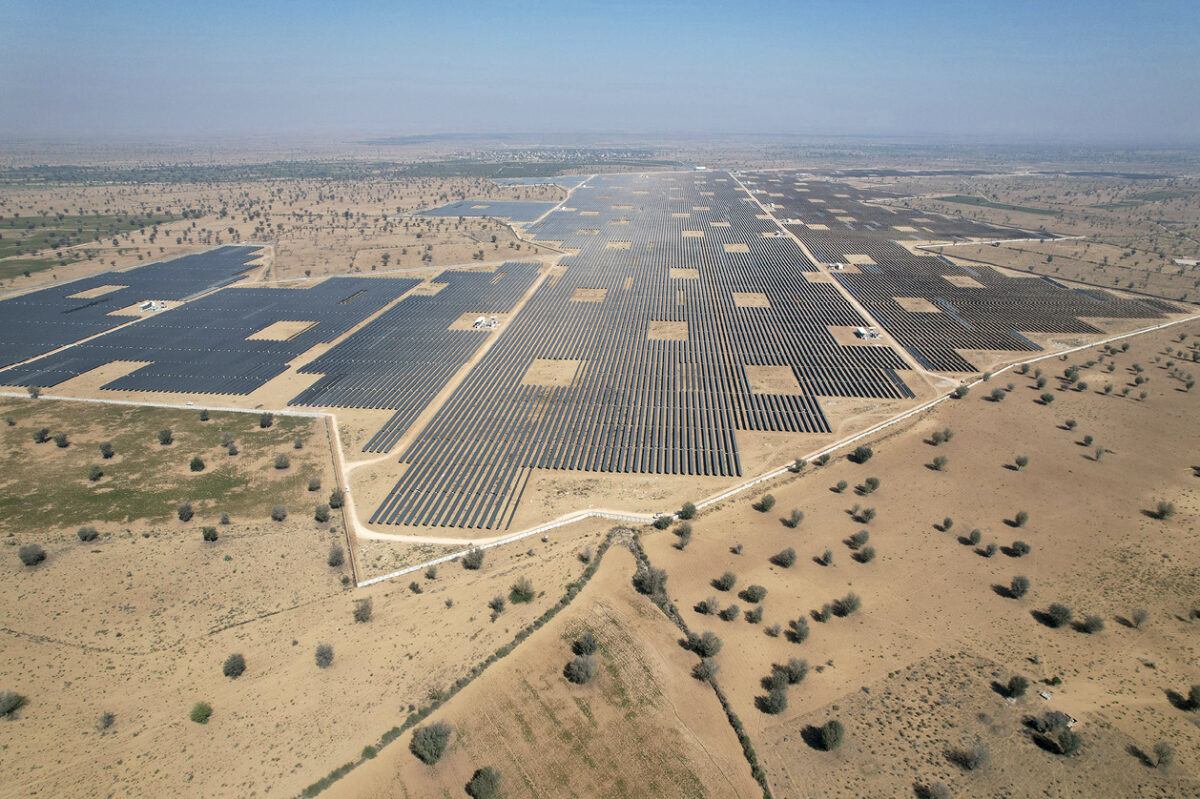
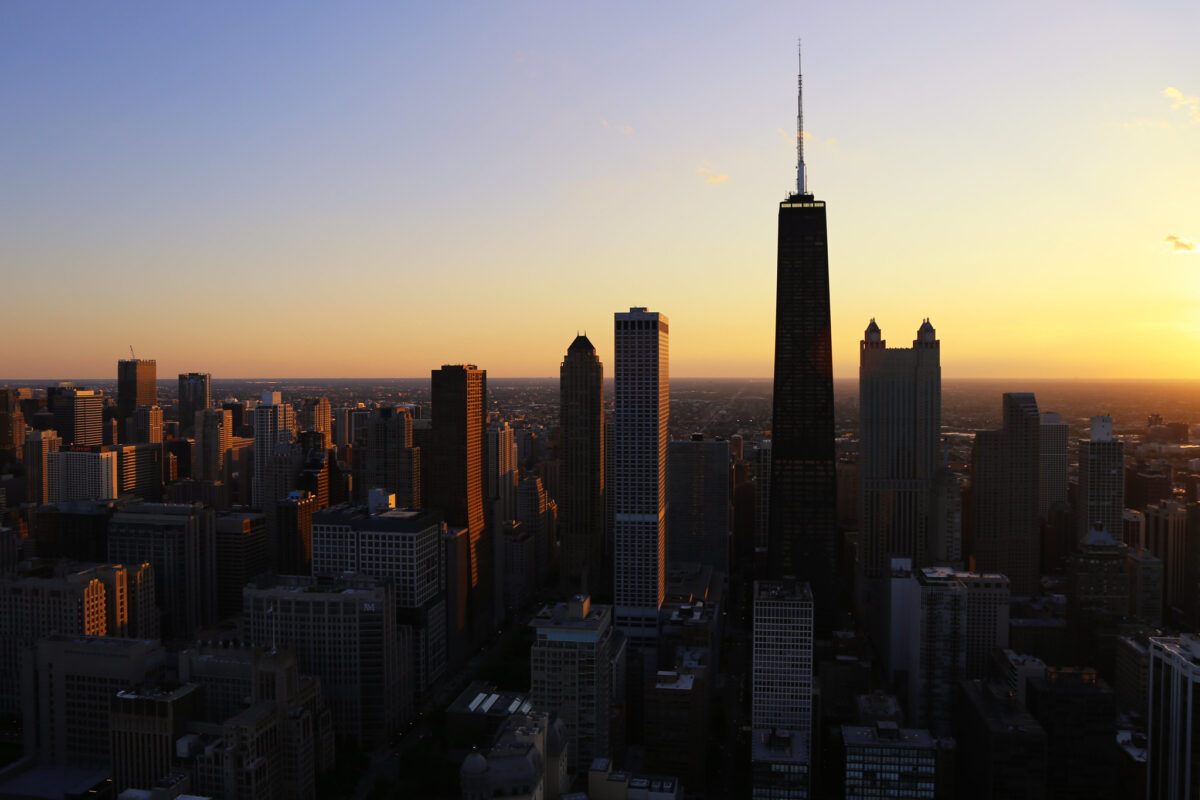



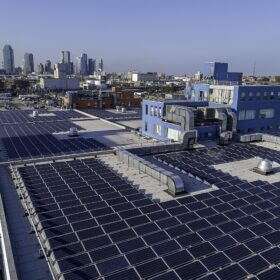
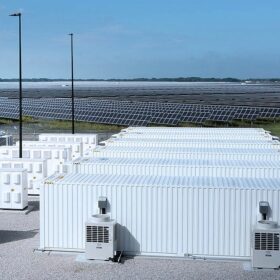

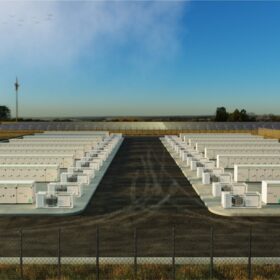
By submitting this form you agree to pv magazine using your data for the purposes of publishing your comment.
Your personal data will only be disclosed or otherwise transmitted to third parties for the purposes of spam filtering or if this is necessary for technical maintenance of the website. Any other transfer to third parties will not take place unless this is justified on the basis of applicable data protection regulations or if pv magazine is legally obliged to do so.
You may revoke this consent at any time with effect for the future, in which case your personal data will be deleted immediately. Otherwise, your data will be deleted if pv magazine has processed your request or the purpose of data storage is fulfilled.
Further information on data privacy can be found in our Data Protection Policy.